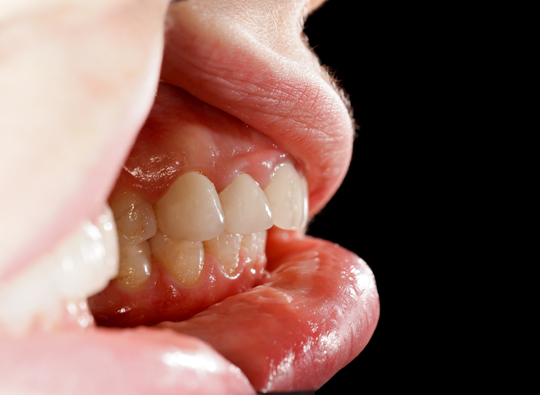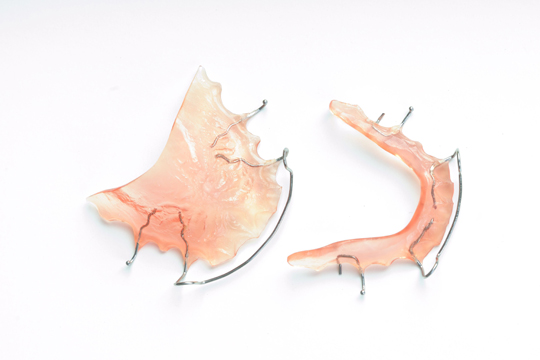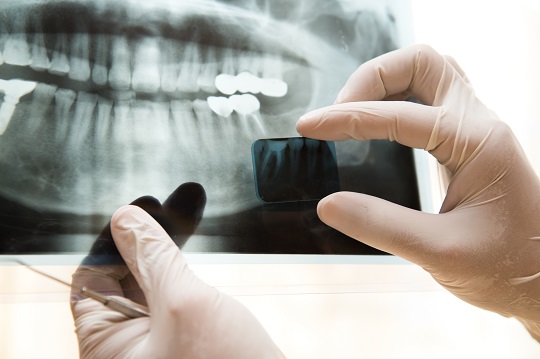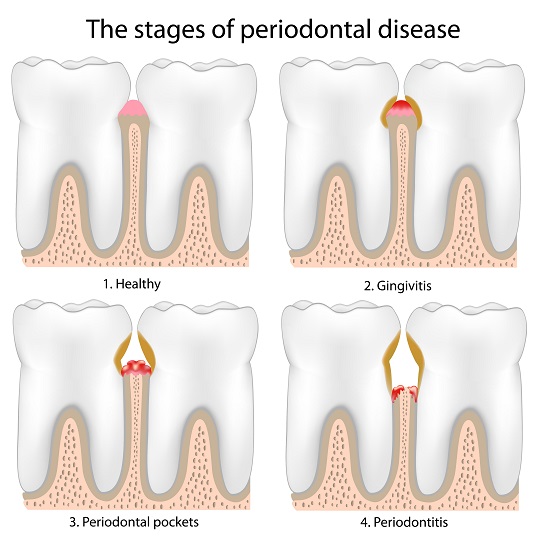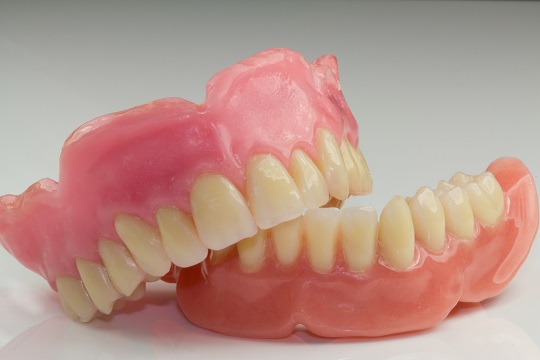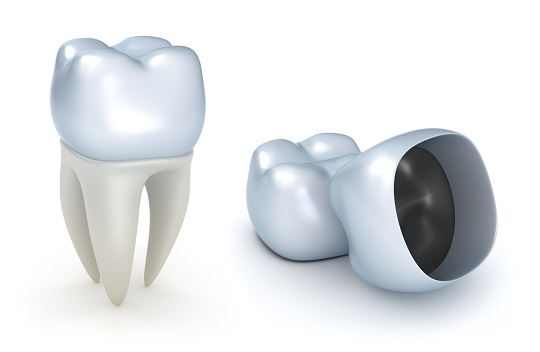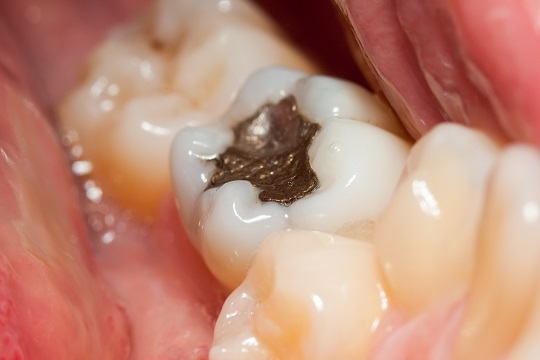You know flossing is good for your teeth, but sometimes it is hard to find the motivation to actually do it. A lot of people say they feel like their gums bleed more when they floss than when they don’t.
They find themselves asking questions like: Why do my gums bleed when I floss? How can I make it go away? And they end up deciding to stop the flossing all together. This is actually the opposite of what you should do.
Wondering: Why do my gums bleed when I floss? You should also ask yourself:
Do I floss regularly?
If your answer is “no,” then that’s probably the exact reason why your gums bleed when flossing. Although it might not seem to make sense, your gums bleed more when you first begin flossing. This is because you’ve probably got some plaque and tartar built up in your mouth.
This build up causes your gums to become extra sensitive. If you continue flossing, you will remove that build up and your gums will become as strong as they were before.
Do I bleed or feel pain in one specific area?
If so, your bleeding gums may be the result of an infection, either in a tooth or in your gums. Having an infection means you need to see a dental health professional immediately. That way, you can have the infection healed or removed, depending on how bad it is, and then get back to brushing and flossing.
Have I experienced any hormonal changes lately?
Pregnancy and certain medicines that cause a serious change in hormones can actually make your gums bleed when you brush and floss. The hormone changes cause your gums to become more sensitive than usual, which leads to the bleeding. You want to discuss this with your doctor or dental health professional.
Locate A Reliable Dentist In Your Area
As long as you are brushing and flossing regularly, you will avoid plaque and tartar build up, which means your gums will stay strong and avoid bleeding. If you are having issues or have more questions, TalkLocal can connect you with a local professional who can help. All you have to do is answer a few questions and qualified dentists will contact you in a matter of minutes.

